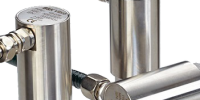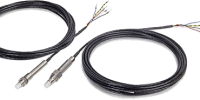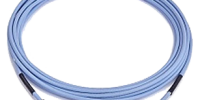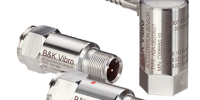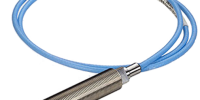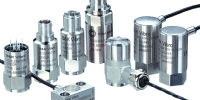There are 3 types of vibration sensors commonly used:
- Displacement sensors
- Velocity sensors (“velocimeters”)
- Acceleration sensors (“accelerometers”)
Sensors for machines need to meet these requirements:
- Rugged industrial design for usage in harsh environment
- Wide temperature range of -50 °C to +120 °C up to +350 °C
- High reliability
- Durability (15 to 20 years lifetime)
- Flexible mechanical design to adapt to the machine
- Usage in explosive and hazardous areas

